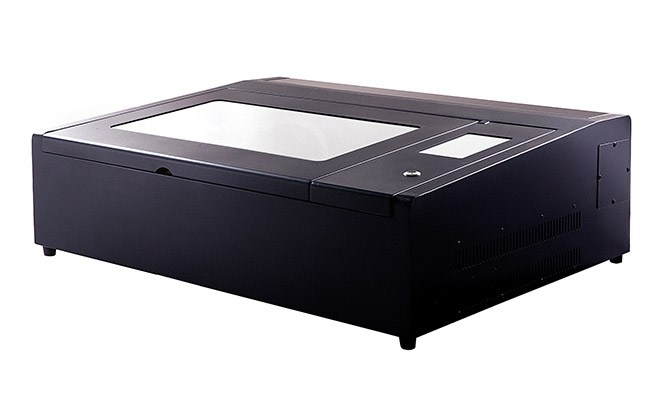Unsuitable Materials for Use with a Plastic Laser Cutter
A plastic laser cutter is a versatile piece of equipment that accurately cuts or engraves diverse materials using a high-powered laser beam. Numerous industries widely use this laser cutter, including arts & crafts, engineering, and manufacturing. However, retaining that not all materials are suitable for cutting with a plastic laser cutter is crucial.
Materials That Can Be Easily Cut
A plastic laser cutter can cut a variety of materials, including:
-
wood
-
paper
-
acrylic
-
leather
-
cloth
These materials are convenient to work with and yield high-quality results.
Avoiding Hazardous Materials
However, you should not cut some materials using a plastic laser cutter. These compounds are hazardous to both the person and the machine. Among these materials are:
PVC or Vinyl – Cutting PVC or Vinyl releases poisonous fumes that are detrimental to both the person and the environment.
Polycarbonate – when cut, this material emits poisonous gases and can harm the machine’s lens and mirrors.
ABS (Acrylonitrile Butadiene Styrene) – this material releases toxic fumes when cut, which can cause eye, nose, and throat irritation.
Carbon fibre – cutting this material produces hazardous dust and fumes that can cause respiratory problems and may damage the machine’s lens and mirrors.
Preventative Measures
It is crucial to highlight that you should always follow safety measures, especially when using the suggested materials. Here are some preventative methods to consider when working with a plastic laser cutter:
Proper ventilation: Ensure the workspace is well-ventilated to prevent the accumulation of toxic fumes and dust.
Personal protective equipment: Use gloves, goggles, masks, and other protective equipment to protect yourself from harmful dust and fumes.
Material testing: Test the materials you intend to cut to ensure they are safe and do not produce harmful fumes or dust.
Regular maintenance: Perform routine maintenance on your machine to ensure it functions appropriately and reduces the risk of accidents or malfunctions.
Fire safety: Keep a fire extinguisher nearby and avoid cutting materials prone to catching fire, such as foam and rubber.
Following these preventative methods can reduce the risk of accidents and ensure your plastic laser cutter’s safe and proper use.
Why should you be cautious when cutting these materials?
Cutting hazardous materials with a plastic laser cutter can endanger the user’s health and the machine. Toxic gases and harmful dust can cause respiratory issues and long-term health concerns.
Furthermore, cutting hazardous materials might damage the machine’s lens and mirrors, necessitating costly repairs or purchasing new equipment.
Wrapping-up
A plastic laser cutter is vital equipment that one should use carefully. While it can cut various materials, you should avoid specific materials to guarantee the user’s and the machine’s safety.
You can prolong the longevity of your plastic laser cutter and safeguard your health by taking safety precautions and only cutting specified materials.



